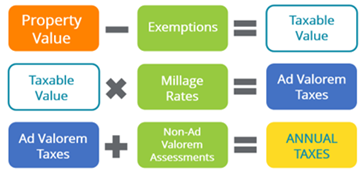Phishing Scam Alert
Caitlin Sinclair
on
May 23, 2025
Beware of Scam Text Messages
LEE COUNTY, Fla. (May 23, 2025) – Local residents are urged to be cautious of scam text messages. Recent messages include scammers claiming to be from toll agencies like SunPass. Messages stating licenses will be suspended if fines not paid are also circulating and include links that have FLHSMV in the URL. These fraudulent messages typically warn of unpaid tolls and traffic tickets and prompt recipients to click a link or make an immediate payment. Do not click any links or respond to these messages.
The Florida Department of Transportation and SunPass have issued a statement reinforcing that SunPass does not ask customers via text to make a payment or take immediate action on their account. If SunPass needs to contact its customers, the communication will appear through official channels.
Email: [email protected] or [email protected]
Text: 786727
Florida Department of Highway Safety and Motor Vehicles also issued warnings that will never contact customers via text messages demanding payments or threatening suspensions.
Scammers are using increasingly sophisticated methods to trick drivers into sharing personal and financial information. These messages may look official, but they are not connected with SunPass or FLHSMV.
Residents should:
Delete suspicious messages immediately.
Avoid clicking links or calling numbers in unsolicited texts.
Access their SunPass account only through the official website (www.sunpass.com) or the official app.
- Access their MyDMV portal via FLHSMV’s website or app.
If you’ve received a suspicious message or believe you’ve been targeted, it’s recommended to report the message to Internet Crime Complaint Center (IC3) at ic3.gov.
Always take a moment to double check before you respond. When in doubt, don’t click.





